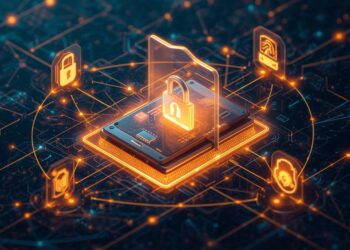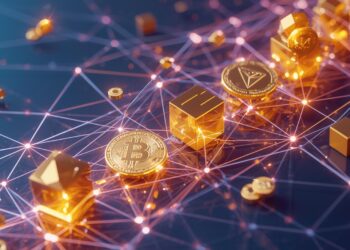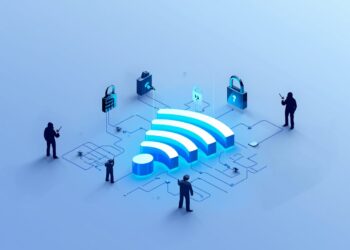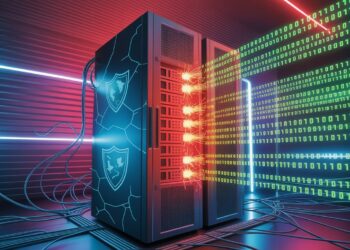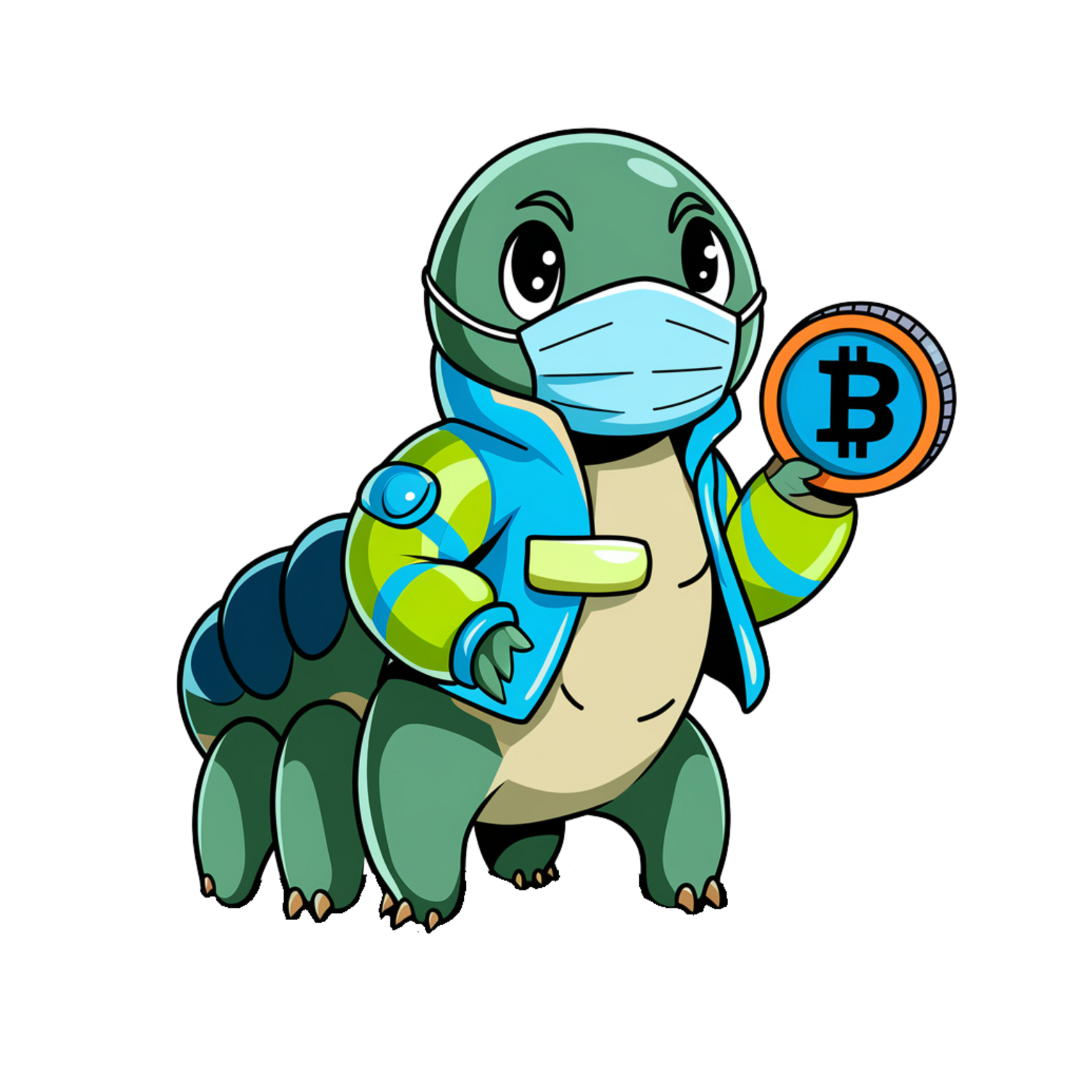Introduction
The world of DeFi and crypto grows fast, but there’s a shift happening. More projects are now bringing real-world assets into blockchain. These assets could be anything from property to gold, creating new chances for investors. Bridging traditional finance with digital tokens makes sense — it opens doors for many. But what exactly are RWAs? Why are they so important in DeFi today? Let’s explore these questions and see how RWAs are changing the game.
What Are Real World Assets (RWA) in DeFi and Crypto?
Real-world assets are physical or traditional valuables brought onto blockchain networks. They include things like real estate, commodities, or stocks turned into digital tokens. These assets offer a way to diversify your investments and reduce some risks linked to crypto’s wild swings.
Examples of RWAs in the Crypto Space
- Real estate tokens: Imagine owning part of a building through a simple digital share. Platforms like RealT let you buy property tokens.
- Digital bonds and securities: Some companies issue bonds or stock-like tokens that are backed by real assets.
- Gold or oil backed tokens: These are commodities turned into crypto tokens. They give investors a way to hold these valuables without physical storage.
- Projects leading the way: Platforms like MakerDAO, Equilibrium, and Centrifuge create tokens backed by real assets, making them easier to trade.
The Significance and Advantages of Incorporating RWAs into DeFi
Adding RWAs to DeFi gives many benefits. It helps make markets more stable and unlocks assets that were hard to trade.
Why do RWAs Matter in DeFi?
- Boosted liquidity: Assets like real estate usually take a long time to sell. Tokenization allows faster trading.
- Fractional ownership: You don’t need to buy the whole property or asset—small parts make access easier.
- Lower volatility: Because tokens are backed by real assets, their prices tend to be steadier.
- More institutions: Big financial firms are starting to join DeFi using tangible assets.
How RWAs Improve DeFi Ecosystem
- They make crypto markets less risky by adding stability.
- They push DeFi past just digital currencies and tokens.
- They increase trust by showing what assets are behind a token on-chain.
Real-World Use Cases and Examples
- Real estate platforms: Companies like RealT let small investors buy property shares.
- Supply chain finance: RWA tokens can streamline money flow across the supply chain, making it faster.
- Institutional loans: Banks can lend money backed by physical assets, reducing the chance of losses.
Challenges and Risks Associated with RWA Adoption in DeFi
While RWAs sound promising, they bring real-world risks too. Legal rules, valuation, and security hurdles need work.
Main Challenges
- Legal issues: Different countries have various rules, making cross-border regulation tough.
- Valuation problems: Figuring out the true value of physical assets can be tricky and sometimes opaque.
- Asset custody: Keeping physical assets safe and connected to an on-chain system is complex.
- Liquidity concerns: Assets like property don’t trade daily, making it hard to sell quickly.
- Fraud and counterparty risk: Fake or overvalued assets pose safety risks.
Dealing with Legal and Security Barriers
- Clear legal agreements are vital for enforceability.
- Working with regulators helps ensure legal compliance.
- Secure storage methods protect physical assets linked to tokens.
Technical and Security Challenges
- Accurate, transparent valuation methods are essential.
- Implementing strong custody solutions ensures assets stay safe.
- Ongoing audits and verification keep the system trustworthy.
How RWAs Are Tokenized and Integrated into DeFi Platforms
Turning real assets into tokens involves creating digital certificates representing ownership. Smart contracts then handle these tokens on open blockchains.
The Tokenization Process
- Asset valuation: Experts appraise the physical asset.
- Legal compliance: The asset is legally structured for tokenization.
- Smart contract creation: This contract issues the tokens tied to the asset.
- Issuance and trading: Investors can buy, sell, or borrow against these tokens.
Popular Platforms for RWA Tokenization
- Centrifuge: Specializes in turning real-world assets into DeFi-approved tokens.
- MakerDAO: Accepts real-world collateral, including real estate and securities.
- Starling Lab: Focuses on tokenizing tangible assets for easier trade and investment.
How to Invest in RWAs in DeFi
- Research projects: Look into a platform’s reputation and track record.
- Access tokens: Use decentralized exchanges or lending platforms to buy RWA tokens.
- Assess risks: Understand potential returns and the risks involved.
Future Trends in RWA Tokenization
- More big players will bring institutional assets into DeFi.
- Tech improvements will ease compliance and remove barriers.
- Expect standard rules to grow, making RWA trading easier worldwide.
The Future of RWAs in DeFi and Crypto
Analysts predict RWAs will grow fast. They could transform traditional finance by allowing easier access to assets. Retail investors might soon join in, no longer just the big institutions. These combined efforts will likely shape financial markets for years.
Industry Insights and Predictions
- DeFi will become more stable with more RWAs backing tokens.
- Major banks and firms may adopt blockchain for handling real estate and securities.
- Growth data shows increasing RWA projects, pointing to wider acceptance.
Conclusion
Real-world assets are reshaping crypto and DeFi markets. They add stability, unlock new investment types, and help diversify portfolios. However, risks like legal issues and security still exist. Staying informed and doing proper due diligence is essential. As RWAs gain popularity, both individuals and institutions can explore new opportunities. This intersection of real-world valuables and blockchain promises a more integrated financial future. Keep an eye on this space to find the best chances to grow your wealth.







